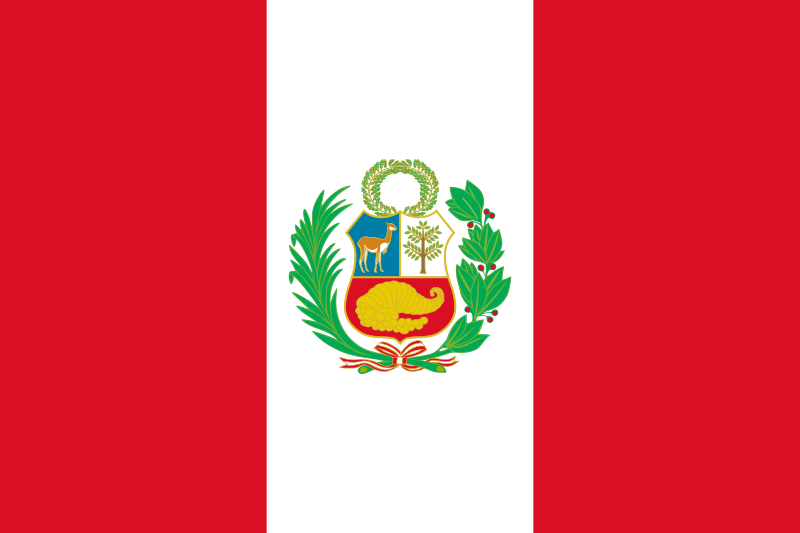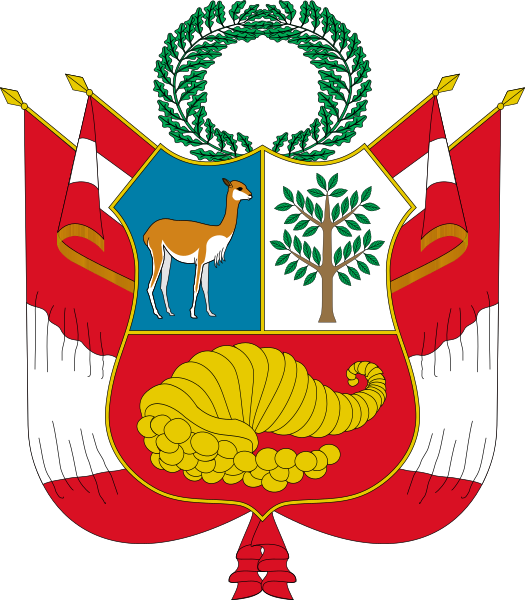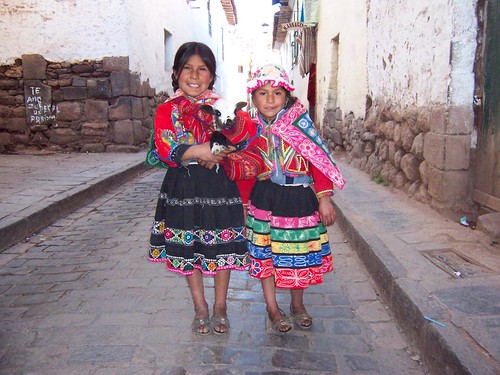Difference between revisions of "Adopting from Peru"
(→Who Can Adopt) |
(→Who Can Be Adopted) |
||
| Line 76: | Line 76: | ||
=Who Can Be Adopted= | =Who Can Be Adopted= | ||
| + | '''ELIGIBILITY REQUIREMENTS:''' | ||
| + | |||
| + | '''[[Abandonment]]:''' Only children who have been declared abandoned by a judge are eligible for an intercountry adoption. | ||
| + | |||
| + | '''Age of Adoptive Child:''' DGA matches children of all ages. However, DGA prioritizes the adoption of children older than 9 years. The DGA team evaluates the application and expectations of the prospective parents to maximize the well-being of each child. | ||
| + | |||
| + | '''Sibling Adoptions:''' DGA prioritizes the adoption of sibling groups. | ||
| + | |||
| + | '''[[Special Needs]] or Medical Conditions:''' DGA prioritizes the adoption of children with [[Special Needs|special needs]] or medical conditions. | ||
| + | |||
| + | '''Waiting Period or Foster Care:''' [[Matching]] could take several months and sometimes years. | ||
=How to Adopt= | =How to Adopt= | ||
Revision as of 16:42, 8 April 2014
Contents
Hague Convention Information
Peru is party to the Hague Convention on Protection of Children and Co-operation in Respect of Intercountry Adoption(Hague Adoption Convention). Intercountry adoption processing in Hague countries is done in accordance with the requirements of the Convention; the U.S. implementing legislation, the Intercountry Adoption Act of 2000 (IAA); and the IAA’s implementing regulations, as well as the implementing legislation and regulations of Peru.
All adoptions between Peru and the United States must meet the requirements of the Convention and U.S. immigration law.
Peru’s Central Authority for Adoptions is the Dirección General de Adopciones (DGA) in the Ministry of Women and Vulnerable Populations (MIMP). Only DGA can certify cases as Convention compliant. “Direct” adoptions in which a birth parent places a child directly (or via an intermediary) to specific prospective parents for adoption cannot be certified as complying with the Convention per Peruvian law, and therefore prospective adoptive parents may not search on their own for children to adopt.
Instead children must have been declared legally abandoned and wards of the state, and the adoption must be processed through DGA in order for it to be certified by DGA. Adoptions processed through the Peruvian judiciary, while legal in Peru, cannot be Hague certified. As a result, children adopted through the Peruvian judiciary/family court system rather than DGA cannot be issued Hague Convention visas and generally will be unable to immigrate to the United States. Prospective adoptive parents seeking to adopt a blood relative in Peru should contact DGA prior to beginning the adoption process.
NOTE: Special transition provisions apply to adoptions initiated before April 1, 2008. Read about Transition Cases.
U.S. IMMIGRATION REQUIREMENTS FOR INTERCOUNTRY ADOPTIONS
To bring an adopted child to the United States from Peru, you must meet eligibility and suitability requirements. The U.S. Department of Homeland Security, U.S. Citizenship and Immigration Services (USCIS), determines who can adopt under U.S. immigration law.
Additionally, a child must meet the definition of Convention adoptee under U.S. law in order to immigrate to the United States on an IH-3 or IH-4 immigrant visa.
Who Can Adopt
Adoption between the United States and Peru is governed by the Hague Convention on Adoptions. Therefore to adopt from Peru, you must first be found eligible to adopt by the U.S. Government. The U.S. Government agency responsible for making this determination is the Department of Homeland Security, U.S. Citizenship and Immigration Services (USCIS). Learn more.
In addition to these U.S. requirements for prospective adoptive parents, parents need to meet Peru’s requirements to adopt a child from there:
Residency
There are no minimum residency requirements to adopt in Peru. However both prospective adoptive parents, if applicable, must be present to complete the adoption in Peru, including obtaining provisional custody of the child, completing an evaluation with a social worker, and finalizing the adoption in Peruvian court. This process typically takes 4-6 weeks.
Age of Adopting Parents
The minimum age of applicants is 25 and the maximum is 52.
Marriage
Single persons and married couples may apply to adopt. Peruvian law only recognizes opposite sex marriages. Thus, there is no provision for same sex spouses to adopt jointly. Single lesbian, gay, bi-sexual, transgendered, or intersex individuals may also be unable to adopt in Peru.
Income
Prospective adoptive parents must demonstrate the means to support the physical and emotional needs of the child.
Other
Because Peru is party to the Hague Adoption Convention, children from Peru must meet the requirements of the Convention in order to be eligible for adoption. For example, the adoption may take place only if the competent authorities of Peru have determined that placement of the child within Peru has been given due consideration and that an intercountry adoption is in the child’s best interests. In addition to Peru’s requirements, a child must meet the definition of Convention adoptee to be eligible for an immigrant visa that will allow you to bring him or her to the United States.
Who Can Be Adopted
ELIGIBILITY REQUIREMENTS:
Abandonment: Only children who have been declared abandoned by a judge are eligible for an intercountry adoption.
Age of Adoptive Child: DGA matches children of all ages. However, DGA prioritizes the adoption of children older than 9 years. The DGA team evaluates the application and expectations of the prospective parents to maximize the well-being of each child.
Sibling Adoptions: DGA prioritizes the adoption of sibling groups.
Special Needs or Medical Conditions: DGA prioritizes the adoption of children with special needs or medical conditions.
Waiting Period or Foster Care: Matching could take several months and sometimes years.
How to Adopt
Adoption Authority
The Process
Traveling Abroad
Applying for Your U.S. Passport
A valid U.S. passport is required to enter and leave Peru. Only the U.S. Department of State has the authority to grant, issue, or verify U.S. passports. Getting or renewing a passport is easy. The Passport Application Wizard will help you determine which passport form you need, help you to complete the form online, estimate your payment, and generate the form for you to print-all in one place.
Obtaining Your Visa
In addition to a U.S. passport, you also need to obtain a visa. A visa is an official document issued by a foreign country that formally allows you to visit. Where required, visas are attached to your passport and allow you to enter a foreign nation. To find information about obtaining a visa for Peru, see the Department of State's Country Specific Information.
Staying Safe on Your Trip
Before you travel, it's always a good practice to investigate the local conditions, laws, political landscape, and culture of the country. The State Department is a good place to start. The Department of State provides Country Specific Information for every country of the world about various issues, including the health conditions, crime, unusual currency or entry requirements, and any areas of instability.
Staying in Touch on Your Trip
When traveling during the adoption process, we encourage you to register your trip with the Department of State. Travel registration makes it possible to contact you if necessary. Whether there's a family emergency in the United States, or a crisis in Peru, registration assists the U.S. Embassy or Consulate in reaching you. Registration is free and can be done online.
After Adoption
SOURCE
Intercountry Adoption, Bureau of Consular Affairs. U.S. Department of State Country Information










